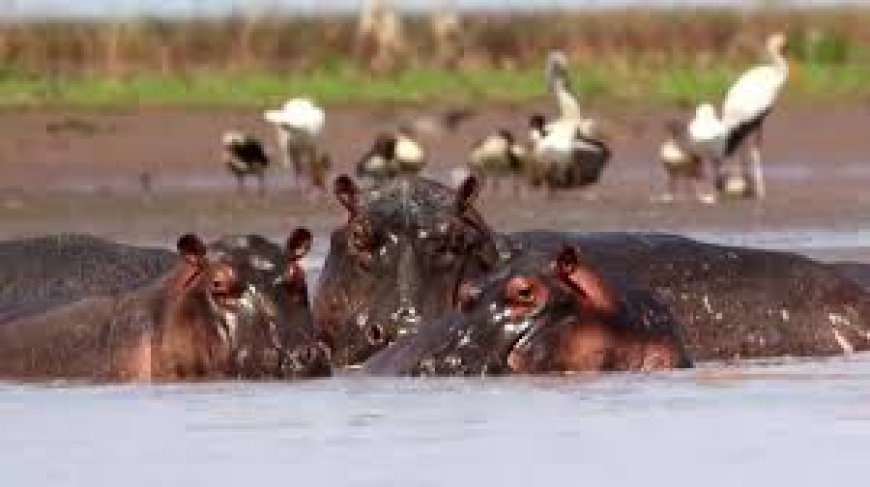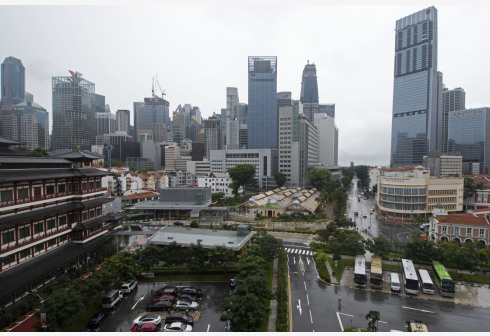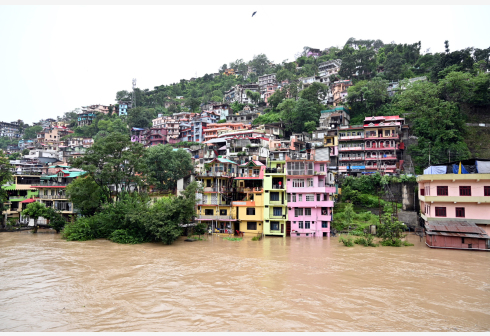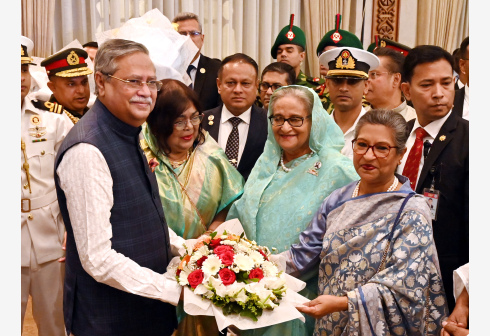Safeguarding wetlands in Kenya

By Robert Mutasi
Wetlands in Kenya occupy approximately 3-4 percent of the total area, and being an important ecosystem, they proffer very necessary services such as carbon capture, flood control, water filtration, and habitat to a wide variety of wildlife.
Wetlands such as the Tana River Delta, Sabaki River Estuary, and Yala Valley form a very critical part of Kenyan economy and biodiversity.
The actions of humans, though, pose serious threats through invasion, pollution, and climatic changes to the wetlands, despite their importance.
For example, Yala, Kenya's largest freshwater area, faces destruction due to land redistribution for commercial agriculture; habitat loss has led to a decline in biodiversity.
Due to these challenges, many organizations are embarking on its conservation.
Nature Kenya, in conjunction with local governments and the communities, has come up with the Yala Swamp LUP in order to create a balance in development and conservation needs so that development is sustained with the conservation of wetland biodiversity for the survival of communities.
Similarly, the Sabaki Estuary Management Plan promotes ecotourism that can benefit the local communities without harming the ecosystem, focusing on the restoration of migratory bird habitats and fish-spawning areas.
Wetland conservation should eliminate financial obstacles. UNEP calls for new financing models that provide environmental solutions.
Wetland restoration has its long-term benefits, but equating that to the very high profits often claimed by private investors is an exaggeration; therefore, it always requires funding sources from both the public and private sectors to allow long-term preservation.
Some of the SDGs, like "living on land", "fighting climate change", "clean water and sanitation" depend upon the wetlands. Wetlands help in earning the livelihoods of millions of people through tourism, fishing, and agriculture.
The importance of wetlands can be understood by making informed policy decisions and effective environmental initiatives.
Wetlands in Kenya require joint conservation, innovative funding, and a commitment to sustainable development.
A combination of environmental, economic, and social issues will ensure that Kenya maintains this important environment for future generations.
What's Your Reaction?


































































































































































































































































































